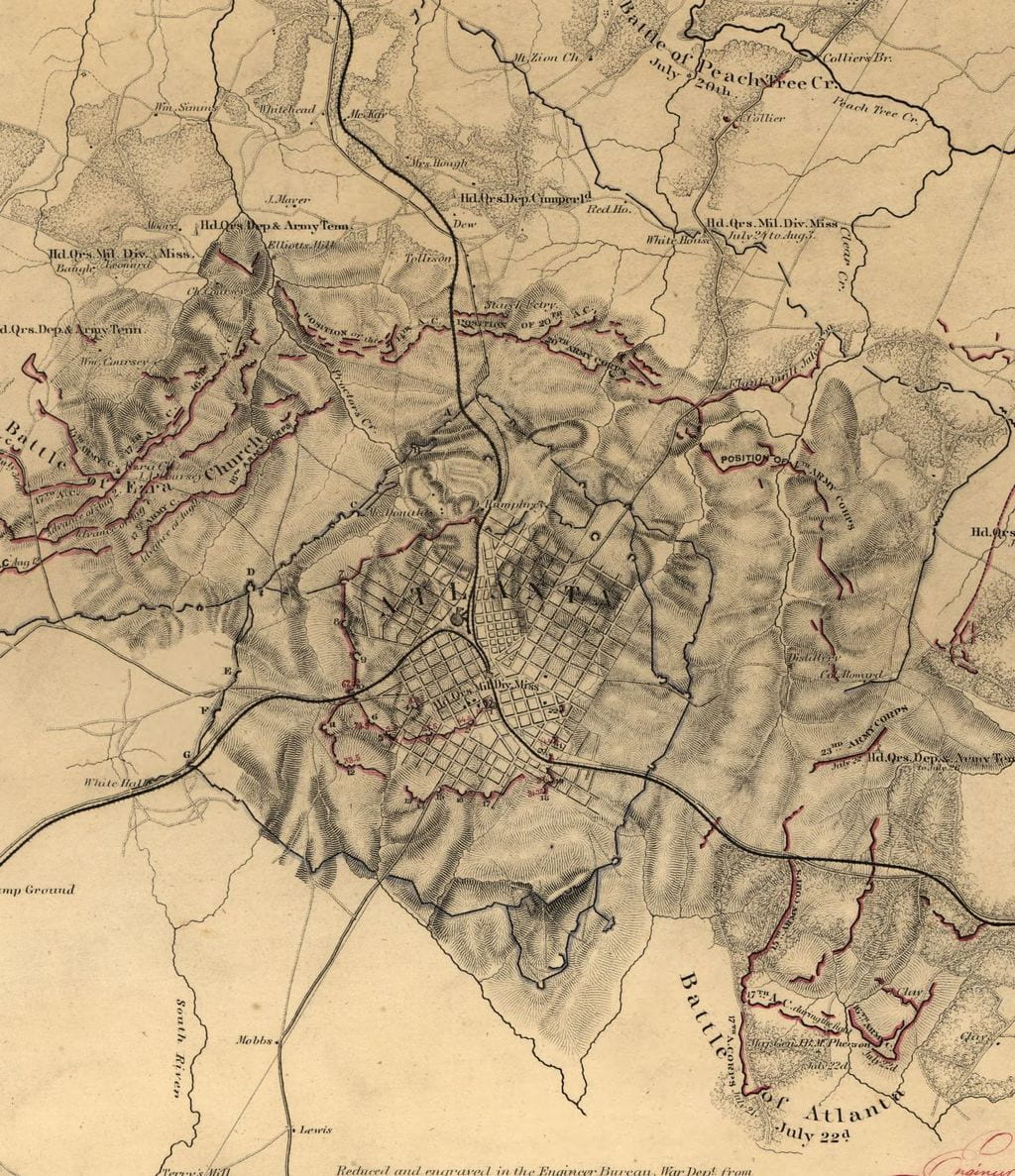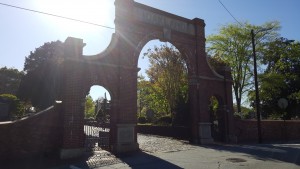In a Time Long Ago…

For many residents of Atlanta’s Eastside, US-23 (or Moreland Avenue) is the backbone of their community. It connects the vibrant cultural hubs of Little Five Points and East Atlanta Village to a myriad of classic Eastside neighborhoods such as Candler Park and East Atlanta. While this route may be a high-traffic residential road today, in 1864 it was little more than undeveloped farmland—unremarkable in every way except its role as the dividing line between Fulton and Dekalb counties. However, as Sherman’s Federal armies made their way towards Atlanta, this undistinguished strip of land would become the site of some of the fiercest fighting experienced by participants of the Atlanta Campaign in the American Civil War. While this clash of arms took place in an area that was, at the time, southeast of the city limits, the action which centered around Federal fortifications at Bald Hill came to be known both to its contemporaries and historians as the Battle of Atlanta. The Battle of Atlanta, though a fierce and bloody contest, would prove inconsequential to the fate of the city and today is a forgotten relic of Atlanta’s past, its historical markers serving as the only testaments to this tremendous folly of war.

